Author: Michelin
It’s time for the new forces to take their “big test” of the first quarter again.
With the cumulative production of over 50,000 units of XPeng P7, on August 26th, XPeng Motors released its Q2 2021 financial report.
As the first financial report after the return to the Hong Kong stocks, the Q2 financial report was timely and boosted the recently uneasy stock price of XPeng. To sum up this “exam paper” in one sentence: not afraid of losses, the future looks promising.
Turning point has arrived, revenue has increased fivefold
“The penetration rate of pure electric vehicles has exceeded 10%, and the turning point of the intelligent electric vehicle market has come.”
The first half of this year was definitely a flourishing period for the domestic new energy vehicle market. Nearly 1.5 million new energy vehicles were sold in the first seven months, exceeding the sales volume of the whole year last year.
The data in the XPeng financial report confirms this good situation.
In Q2, XPeng Motors delivered a total of 17,398 vehicles, a year-on-year increase of 439%, and even a 30% increase from Q1. In XPeng’s market revenue, car sales revenue accounts for absolute mainstream, nearly 95%. With the increase in delivery volume, revenue has naturally increased as well. Q2 revenue was RMB 3.7613 billion, a fivefold increase year-on-year.
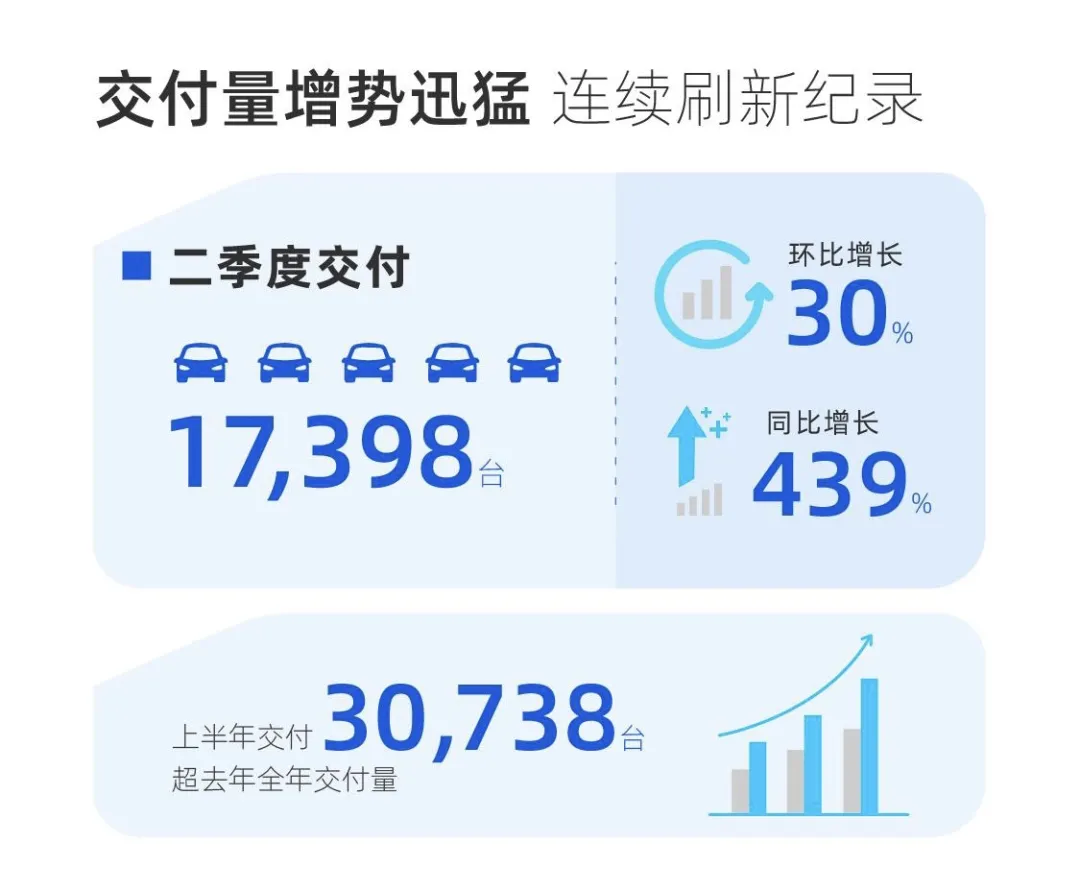
In Q2 delivery volume, P7 accounted for nearly 70% with 12,000 units sold during the quarter. The newly launched lithium iron phosphate version in May performed well, accounting for 20% in the first quarter of listing. From Tesla to XPeng P7, by launching the lithium iron phosphate version and compromising slightly on cruising mileage, the threshold for automobile intelligence has been lowered to enter a lower price range, which has achieved good results.
Of course, the increase in P7 sales not only contributed to XPeng’s sales and revenue, but also improved XPeng’s profitability.
In Q2, XPeng’s gross profit margin was 11.9%, an increase of 0.7 percentage points compared to the first quarter. Compared with the -2.7% gross margin when P7 just hit the market in the same period last year, it has increased by nearly 12%. Of course, this is not only due to the contribution of P7, but also due to the increase in production capacity, expansion of scale, and improvement in revenue, which correspondingly reduced the proportion of early input costs.
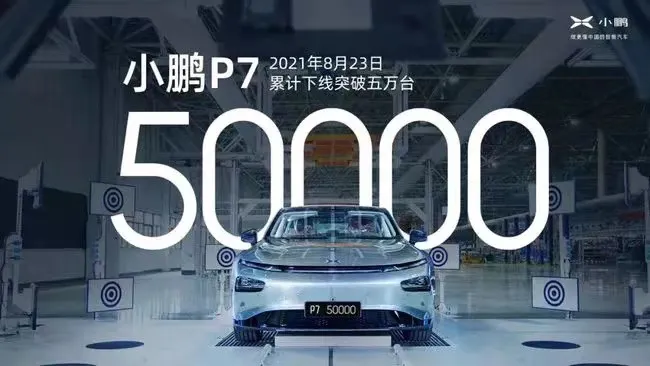 Compared with NIO’s just announced gross margin of 18.63%, it is clear that XPeng Motors still has a lot of room for improvement in its gross margin. The consequence of a low gross margin is that although XPeng Motors’ revenue in Q2 increased by 5 times, the loss expanded from RMB 787 million to RMB 1.195 billion, resulting in even greater losses.
Compared with NIO’s just announced gross margin of 18.63%, it is clear that XPeng Motors still has a lot of room for improvement in its gross margin. The consequence of a low gross margin is that although XPeng Motors’ revenue in Q2 increased by 5 times, the loss expanded from RMB 787 million to RMB 1.195 billion, resulting in even greater losses.
No wonder He XPeng has set his sights on higher-end markets, even overseas markets.
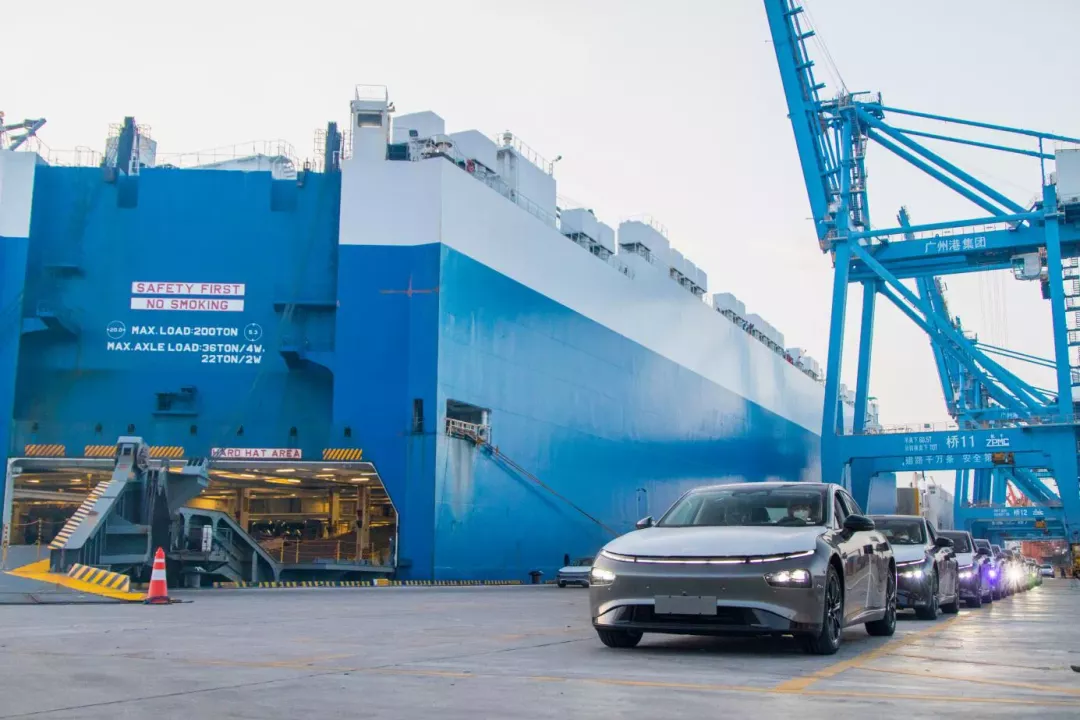
Between CNY 150,000 and CNY 400,000, XPeng Motors also aims to enter the high-end market.
“In the future, we will gradually break through to the range of CNY 400,000 or even CNY 500,000.”
For brands, it is often easier to transition from high-end to low-end. After Tesla opened the market with its high-end Model S/X, it was easy to understand why the follow-up models, Model 3 and Model Y, sold so well. NIO, which has been targeting high-end positioning from the beginning, is also preparing to launch a low-end sub-brand to penetrate the market.
By comparison, attacking from the low-end to the high-end is much more difficult. Without strong selling points, why would users buy it?
XPeng Motors has chosen this “hard” mode.
In 2019, XPeng launched its first model, the low-priced G3, which was priced under CNY 200,000. Its second model, the P7, went straight into the high-end market, fighting head-on with Tesla, NIO, and BYD Han in the CNY 300,000 market segment.
Although P7 was questioned when it was first launched, from the data of more than 50,000 offline sales in its first year, helping XPeng firmly establish itself in the top 3 of the new forces in China, and gradually improving its gross margin, it seems that XPeng Motors has successfully penetrated the high-end market and intends to continue down that road. The key to this lies in accurate positioning and intelligent selling points.
P7’s selling points are intelligent voice system and assisted driving ability. Official data shows that out of the XPeng P7 deliveries in the second quarter, 97% of the vehicles were equipped with XPilot 2.5 or XPilot 3.0 assisted driving system, 25% of users chose the XPilot 3.0 function, and the usage rate of NGP function reached 65%.
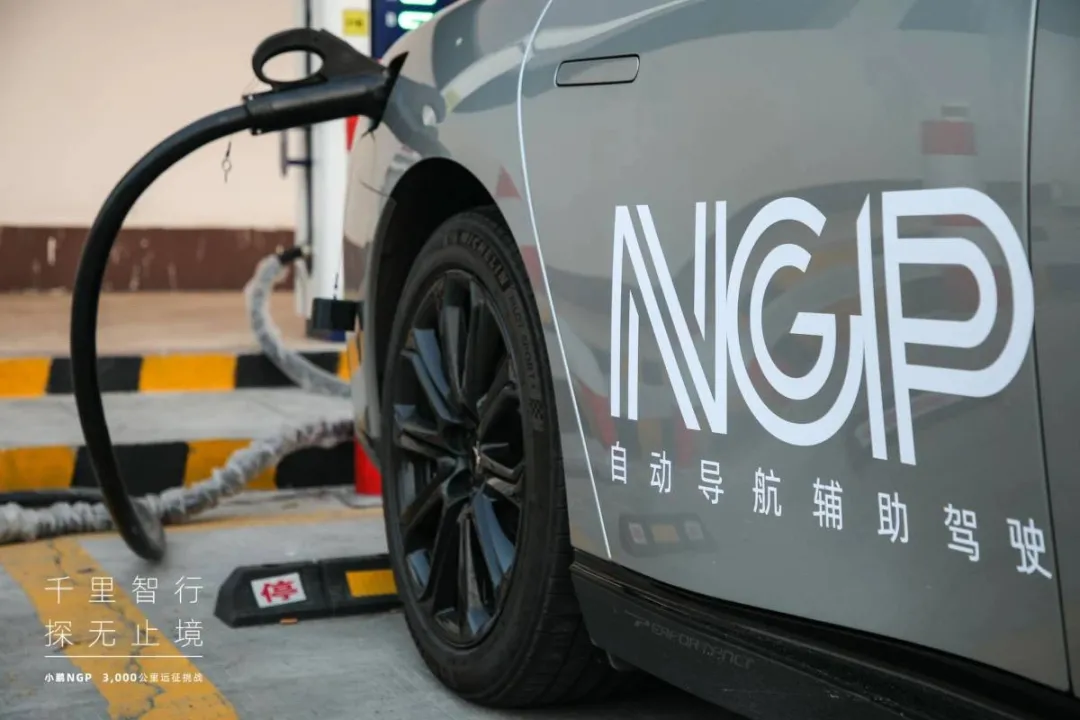 Behind the increase in the penetration rate of intelligent functions is the improvement of user acceptance. When purchasing a car, whether it is intelligent or not has become one of the factors that more and more people consider, and they are even willing to pay for it.
Behind the increase in the penetration rate of intelligent functions is the improvement of user acceptance. When purchasing a car, whether it is intelligent or not has become one of the factors that more and more people consider, and they are even willing to pay for it.
For companies like XPeng Motors, whose main revenue comes from car sales, the willingness of users to choose and purchase intelligent functions not only makes XPeng more competitive, but also makes the “software profit” model more feasible. This is indeed good news for XPeng, which has invested heavily in software R&D and has a low gross profit margin.
Of course, the differentiated selling points of intelligent features require higher requirements for both hardware and software capabilities. Therefore, XPeng’s target price range has also increased from the previous 150,000 to 300,000 yuan to 150,000 to 400,000 yuan, or even 500,000 yuan. In the fastest-growing and largest segmented market of 150,000 to 400,000 yuan, the guarantee of hardware, software, and services provides more room for product improvement.
However, the high-end market is also the most fiercely competitive market, and relying solely on “tough talk” may not work in this market.
Will 4 billion R&D investment and smart tech win the battle in 2023?
When the overall new energy market is on the rise, the tide drives the sales of various manufacturers to rise. However, making cars is a long-term war, and it is necessary to go through the ups and downs of the tide and smile in the end. What we are looking at is not only short-term data advantages, but also hard strengths that can make ourselves go further.
Today’s top three new forces are not only competing in products and sales, but also in technical reserves and R&D investment.
In the first half of this year, XPeng Motors’ R&D team experienced a large expansion. The number of employees responsible for R&D has exceeded 3,000, an increase of 50% compared to the beginning of the year. By the end of the year, there will be an additional 1,500 people, with more than 4,500 in R&D positions.
Such a large-scale expansion of R&D personnel is aimed at new model development on the one hand, and the development of XPilot 4.0 technology on the other.
He XPeng revealed that XPeng will launch 2 to 3 new models every year starting from 2023. The new automakers will start from scratch and gradually mature, building their own product matrix. The pressure on R&D behind this is not small.
The next generation of XPilot 4.0 system will cover more end-to-end scenarios, including scenarios without high-precision maps, through software and hardware iterations, reducing the reliance on high-precision maps.This series of actions caused XPeng to invest over 860 million RMB in research and development in Q2, a 61.4% growth compared to Q1. This year’s R&D spending will reach 4 billion RMB.
Fortunately, XPeng’s cash flow wallet is still bulging. Although Q2’s financial report is still in a loss, the exponentially increasing revenue, combined with the 46 billion funds raised in Hong Kong stocks last month, has prepared XPeng with sufficient cash “bullets”.
The real performance is still in the second half of the year?
For XPeng Motors, the second half of the year is highly anticipated.
As a competitor of new car makers, Ideal Automobile released its 2021 Model One in May, and the next full-size SUV will not be released until 2022. The highly anticipated NIO ET7 will also not be delivered until early next year. Among the top three new forces, only XPeng Motors will deliver new models in the second half of the year, and not just one:
-
The revamped G3i will begin delivery in early September;
-
P5 will also start delivery at the end of the year.
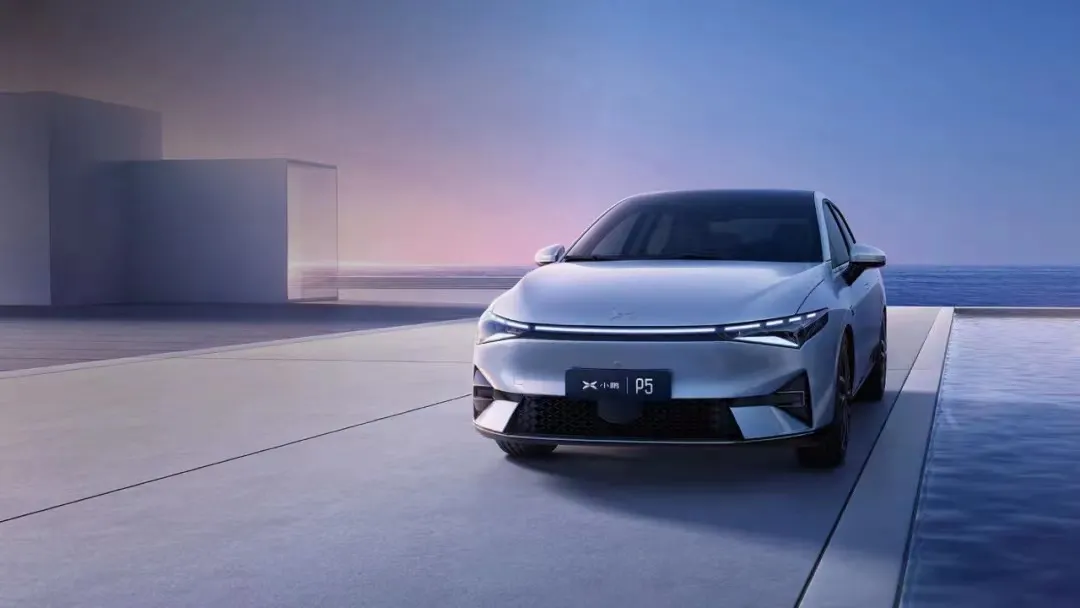
The delivery of the revamped and new models will inevitably drive another small peak in sales. No wonder He XPeng has set a total delivery target of 21,500-22,500 for Q3, and may even exceed 15,000 units in a single month in Q4.
However, the delivery of new models can drive XPeng Motors to increase volume. It tests not only the product competitiveness of G3i and P5 themselves, but also XPeng’s own supply chain integration capabilities.
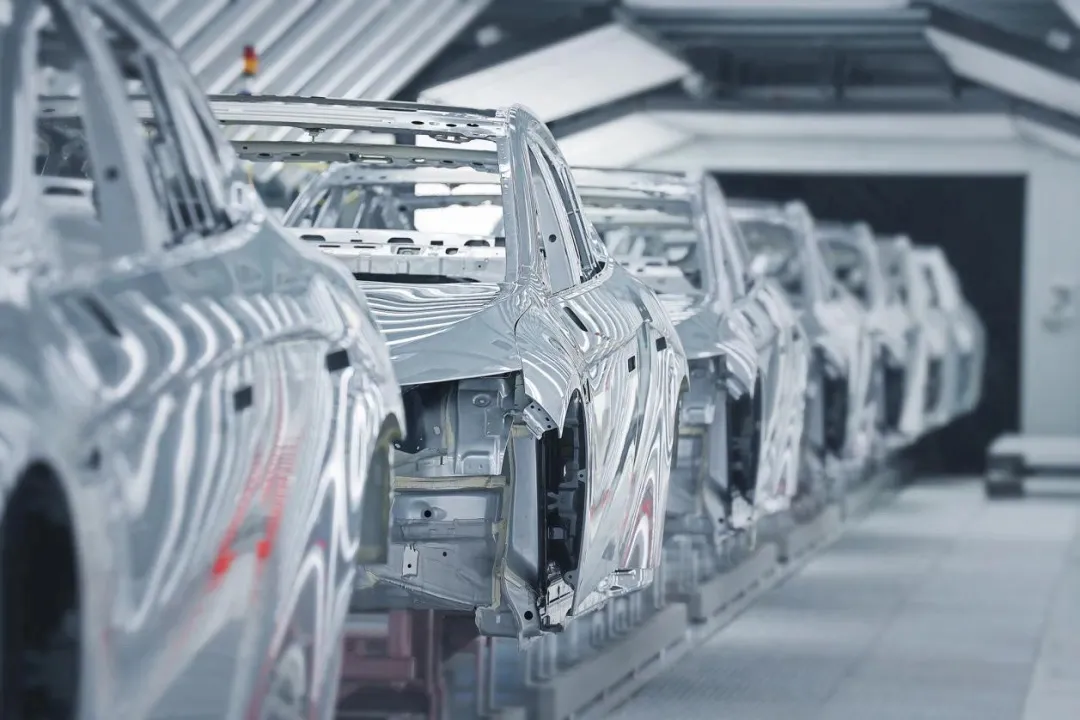
At present, the first phase of the XPeng Zhaoqing factory expansion has been completed, and the production capacity can reach 100,000 units/year. P7, G3i, and P5 will start production on a mixed production line with two shifts per day. In order to avoid insufficient production capacity after the increase in sales, XPeng has started the second phase of the Zhaoqing factory expansion, which is a test of XPeng’s production capacity. At the same time, the automotive industry is also facing a common problem: the trend of chip shortage and structural shortages of battery cells is difficult to alleviate for a while.
Therefore, in the second half of the year, XPeng needs to compete with its competitors with new products, while also battling with its own supply. Can it present a beautiful answer under such pressure?
In conclusion
The arrival of the high-growth period of new energy vehicles has not only boosted sales data, but also made the competition between car companies more intense and fierce. At this stage, the competitors of new energy vehicles are no longer just the new forces.
In the financial report conference call, He XPeng revealed that XPeng P7’s delivery volume in July has exceeded that of Audi A4.The new players have started to snatch business from the hands of gasoline-powered cars.
This article is a translation by ChatGPT of a Chinese report from 42HOW. If you have any questions about it, please email bd@42how.com.
